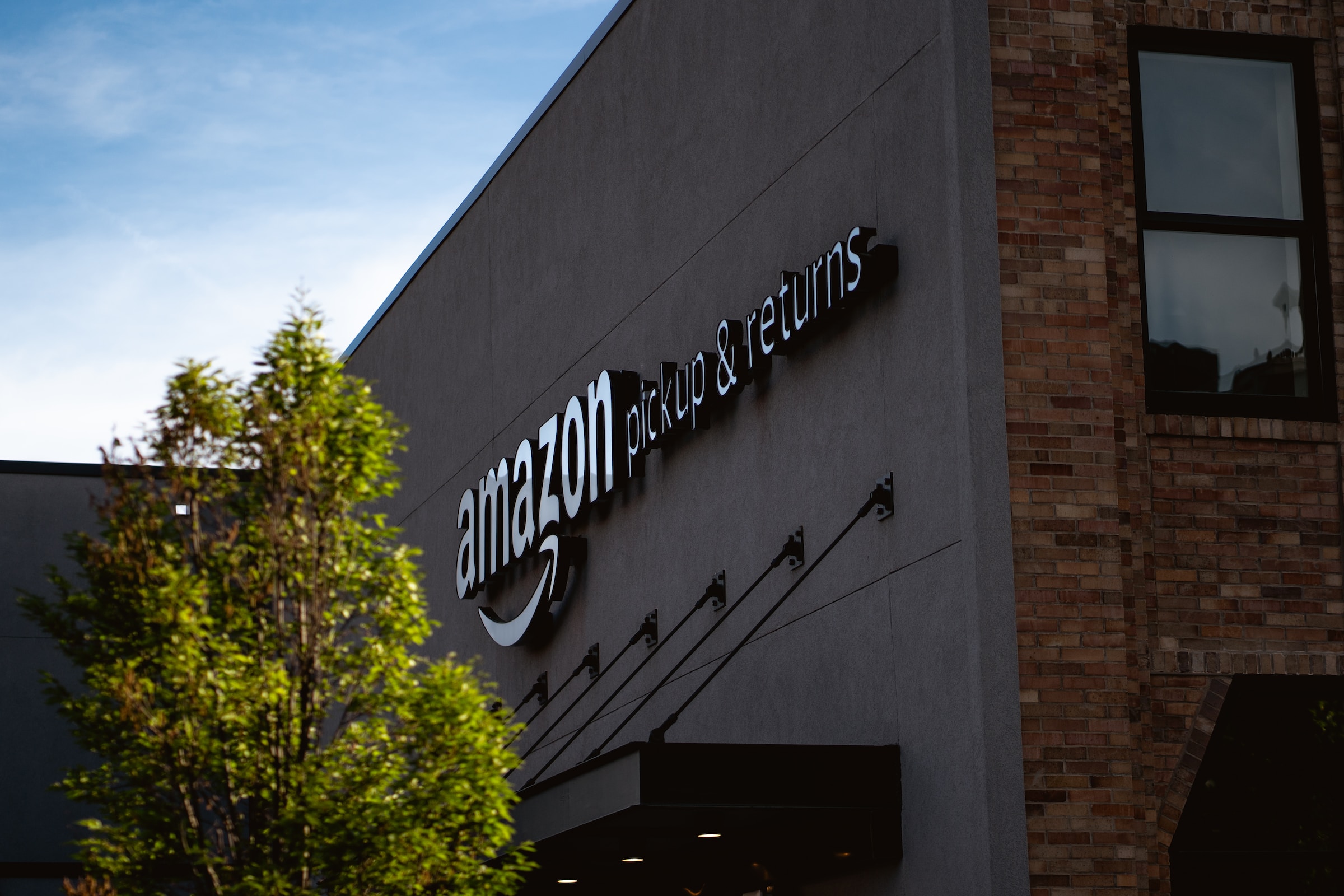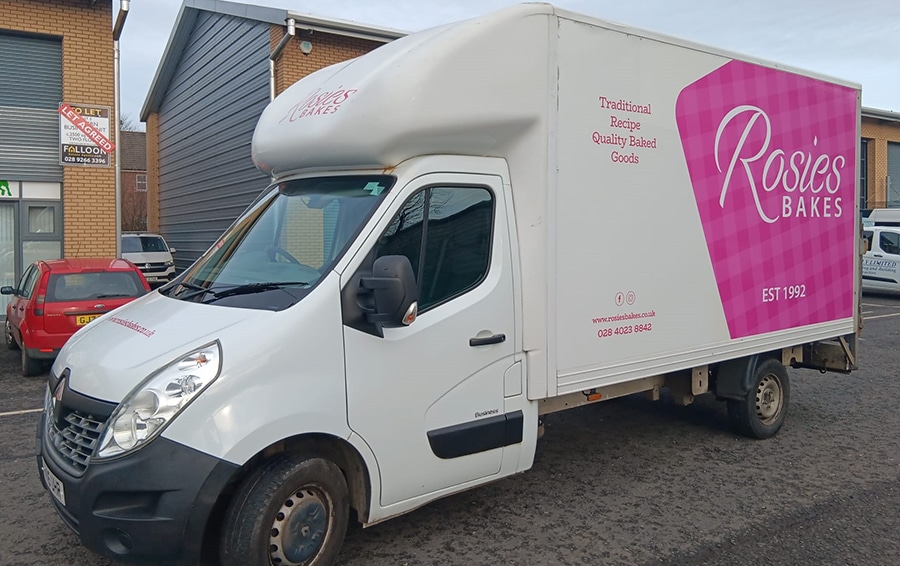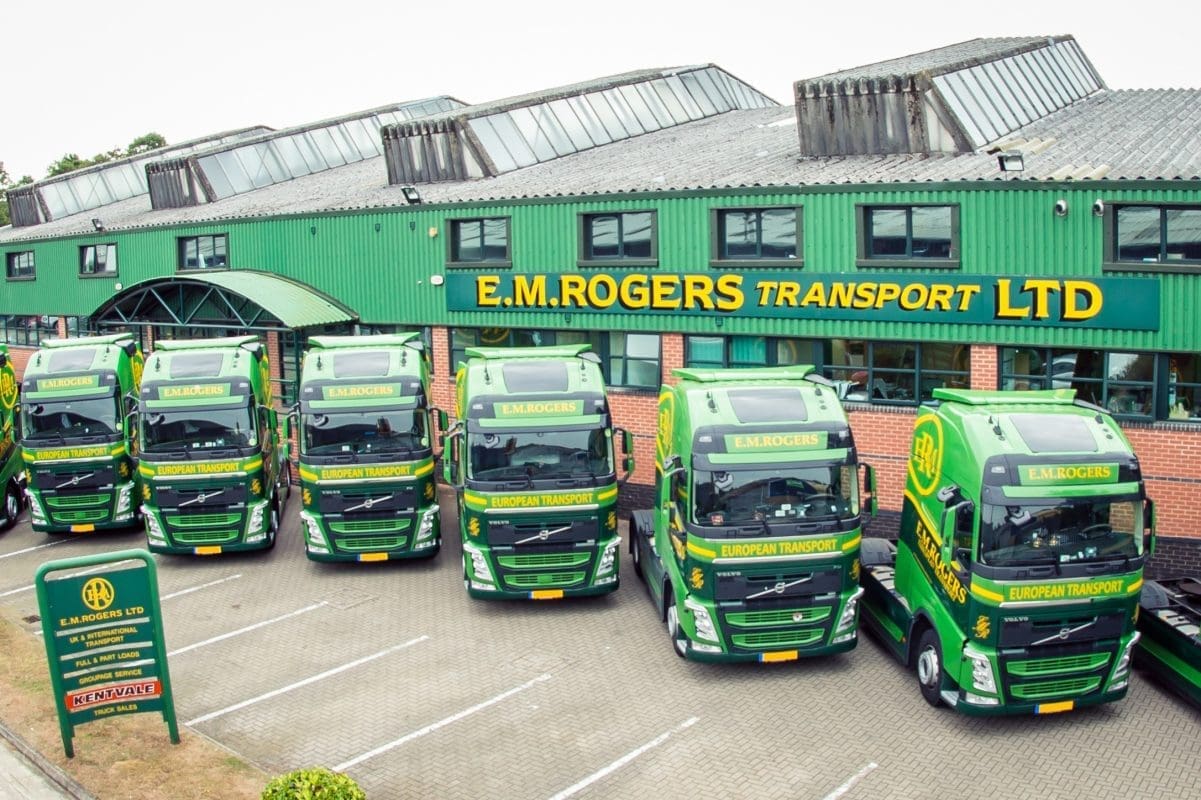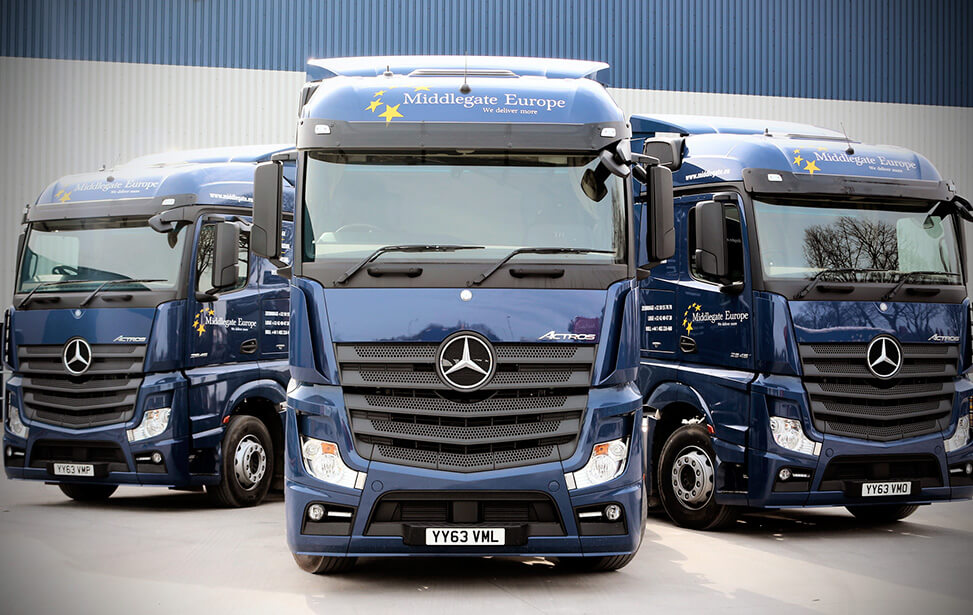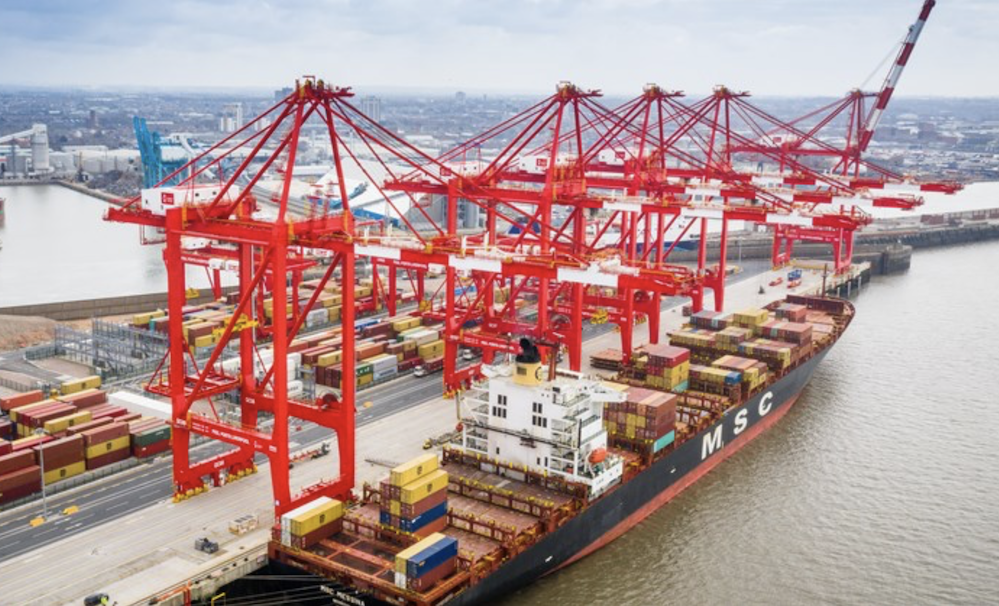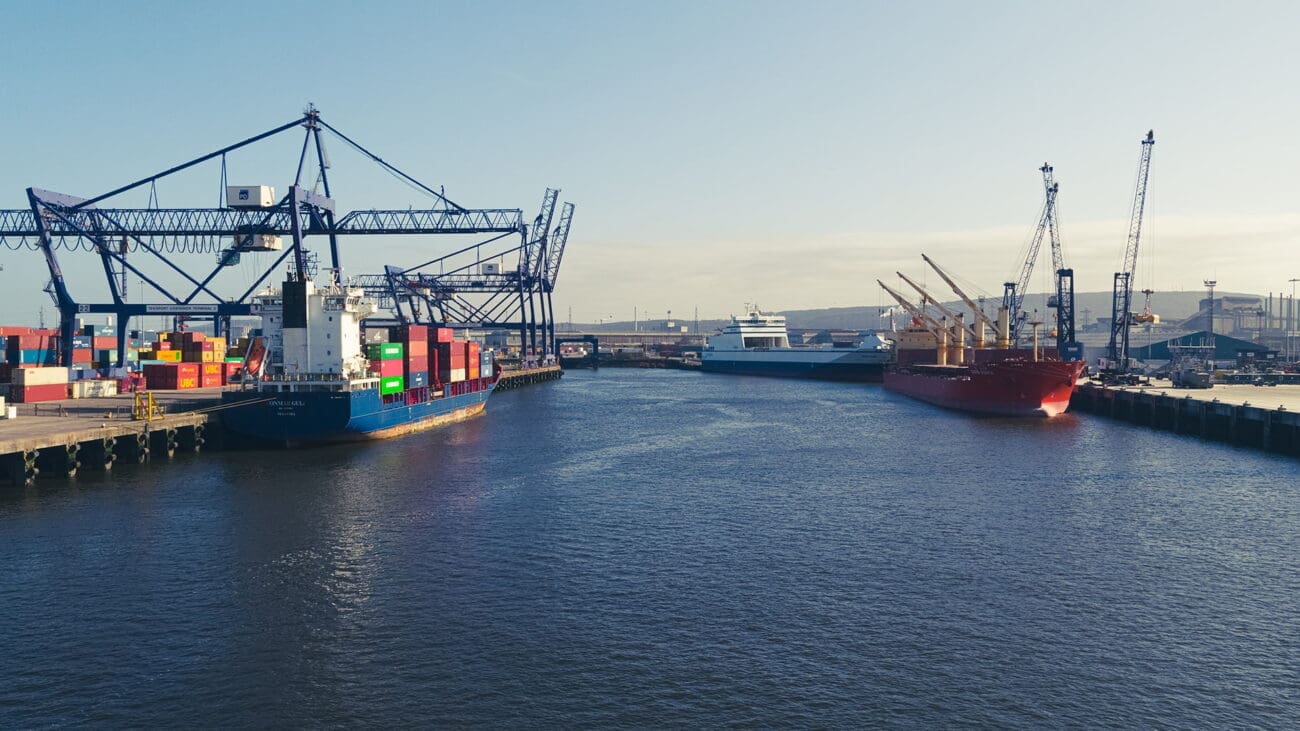eCommerce has grown tremendously over the years, with online shopping becoming more popular than ever before. As eCommerce continues to grow, efficient logistics and haulage become increasingly important. In this article, we will explore the critical role that logistics and haulage play in eCommerce success and provide strategies for improving these areas of your business.
Key strategies for success:
- The significance of efficient logistics and haulage in eCommerce – In this section, we will discuss the importance of logistics and haulage in eCommerce, highlighting how they impact customer satisfaction, cost management, and overall business performance.
- Key strategies for improving logistics and haulage in eCommerce – Here, we will outline strategies for improving your logistics and haulage, such as investing in technology, optimising your delivery network, and working with reliable logistics partners.
- Case studies – In this section, we will provide real-world examples of eCommerce businesses that have implemented these strategies and achieved significant improvements in their logistics and haulage operations.
- Challenges of managing logistics and haulage in eCommerce – While the benefits of efficient logistics and haulage in eCommerce are significant, managing these areas can present several challenges. In this section, we will discuss common challenges and provide advice on how to overcome them.

1. The significance of efficient logistics and haulage in ecommerce
Efficient logistics and haulage are critical to the success of eCommerce businesses. Here are some key reasons why:
- Customer Satisfaction: Efficient logistics and haulage ensure timely delivery of products to customers, which is critical to maintaining customer satisfaction. Late deliveries or damaged products can significantly impact customer satisfaction and lead to negative reviews, which can harm the reputation of an eCommerce business. On the other hand, timely and accurate delivery can enhance customer loyalty and increase repeat business.
- Cost Management: Logistics and haulage can also impact the cost structure of an eCommerce business. Inefficient logistics and haulage operations can lead to higher transportation costs, increased inventory holding costs, and higher product return rates. On the other hand, a well-managed logistics and haulage system can reduce these costs and increase profitability.
- Overall Business Performance: Efficient logistics and haulage can impact the overall performance of an eCommerce business. Poor logistics and haulage can lead to delays in product delivery, which can result in lost sales and reduced revenue. On the other hand, a well-managed logistics and haulage system can increase the speed of product delivery, which can lead to increased sales and revenue.
Efficient logistics and haulage are essential to the success of an eCommerce business. They impact customer satisfaction, cost management, and overall business performance. As eCommerce continues to grow, businesses must invest in their logistics and haulage operations to stay competitive and achieve long-term success.
2. Key strategies for improving logistics and haulage in ecommerce
- Investing in Technology: One of the most effective ways to improve logistics and haulage in eCommerce is by investing in technology. This includes implementing warehouse management systems, transportation management systems, and inventory management systems. These technologies can help businesses automate their logistics and haulage processes, reduce manual errors, and improve overall efficiency.
- Optimising Delivery Network: Another strategy for improving logistics and haulage is optimising the delivery network. This involves assessing the location of warehouses and distribution centres, identifying the most efficient routes for transportation, and leveraging real-time data to adjust delivery schedules. By optimising the delivery network, businesses can reduce transportation costs, improve delivery times, and enhance customer satisfaction.
- Working with Reliable Logistics Partners: Partnering with reliable logistics providers is another key strategy for improving logistics and haulage. This involves assessing potential partners based on their reliability, cost-effectiveness, and ability to meet specific business needs. By working with reliable logistics partners, businesses can leverage their expertise, reduce transportation costs, and enhance the overall quality of their logistics and haulage operations.
- Enhancing Communication and Collaboration: Effective communication and collaboration between different stakeholders, such as suppliers, logistics providers, and customers, are essential for improving logistics and haulage. Businesses can leverage tools such as online portals, chatbots, and email to improve communication and collaboration. By enhancing communication and collaboration, businesses can reduce delays, improve delivery times, and enhance customer satisfaction.
- Implementing Robust Analytics and Reporting: Finally, businesses can improve their logistics and haulage by implementing robust analytics and reporting. This involves tracking key performance indicators, such as delivery times, transportation costs, and inventory levels, and using this data to identify areas for improvement. By implementing robust analytics and reporting, businesses can make data-driven decisions, optimise their logistics and haulage operations, and improve overall business performance.
In summary, investing in technology, optimising the delivery network, working with reliable logistics partners, enhancing communication and collaboration, and implementing robust analytics and reporting are key strategies for improving logistics and haulage in eCommerce. By implementing these strategies, businesses can enhance customer satisfaction, reduce transportation costs, and improve overall business performance.
3. Case studies
Real-world case studies can provide valuable insights into how eCommerce businesses have implemented strategies to improve their logistics and haulage operations. Here are some examples of businesses that have achieved significant improvements in their logistics and haulage:
- Amazon: Amazon is one of the world’s largest eCommerce companies, and its logistics and haulage operations are a critical part of its success. Amazon has implemented several strategies to optimize its logistics and haulage operations, including investing in technology such as robotics and automation, optimising its delivery network, and working with reliable logistics partners. These strategies have helped Amazon to achieve faster delivery times, reduce transportation costs, and enhance customer satisfaction.
- Zalando: Zalando is a leading online fashion retailer based in Europe. The company has implemented several strategies to improve its logistics and haulage operations, including investing in technology such as warehouse automation and RFID tracking, optimising its delivery network, and working with reliable logistics partners. These strategies have helped Zalando to achieve faster delivery times, reduce transportation costs, and enhance customer satisfaction.
- Flipkart: Flipkart is one of India’s largest eCommerce companies, specialising in electronics, fashion, and home appliances. Flipkart has implemented several strategies to optimize its logistics and haulage operations, including investing in technology such as automation and machine learning, optimising its delivery network, and working with reliable logistics partners. These strategies have helped Flipkart to achieve faster delivery times, reduce transportation costs, and enhance customer satisfaction.
- JD.com: JD.com is one of China’s largest eCommerce companies, and its logistics and haulage operations are a critical part of its success. JD.com has implemented several strategies to optimize its logistics and haulage operations, including investing in technology such as drones and autonomous vehicles, optimising its delivery network, and working with reliable logistics partners. These strategies have helped JD.com to achieve faster delivery times, reduce transportation costs, and enhance customer satisfaction.
These case studies demonstrate that implementing strategies such as investing in technology, optimising the delivery network, working with reliable logistics partners, enhancing communication and collaboration, and implementing robust analytics and reporting can help eCommerce businesses to achieve significant improvements in their logistics and haulage operations. By implementing these strategies, businesses can enhance customer satisfaction, reduce transportation costs, and improve overall business performance.
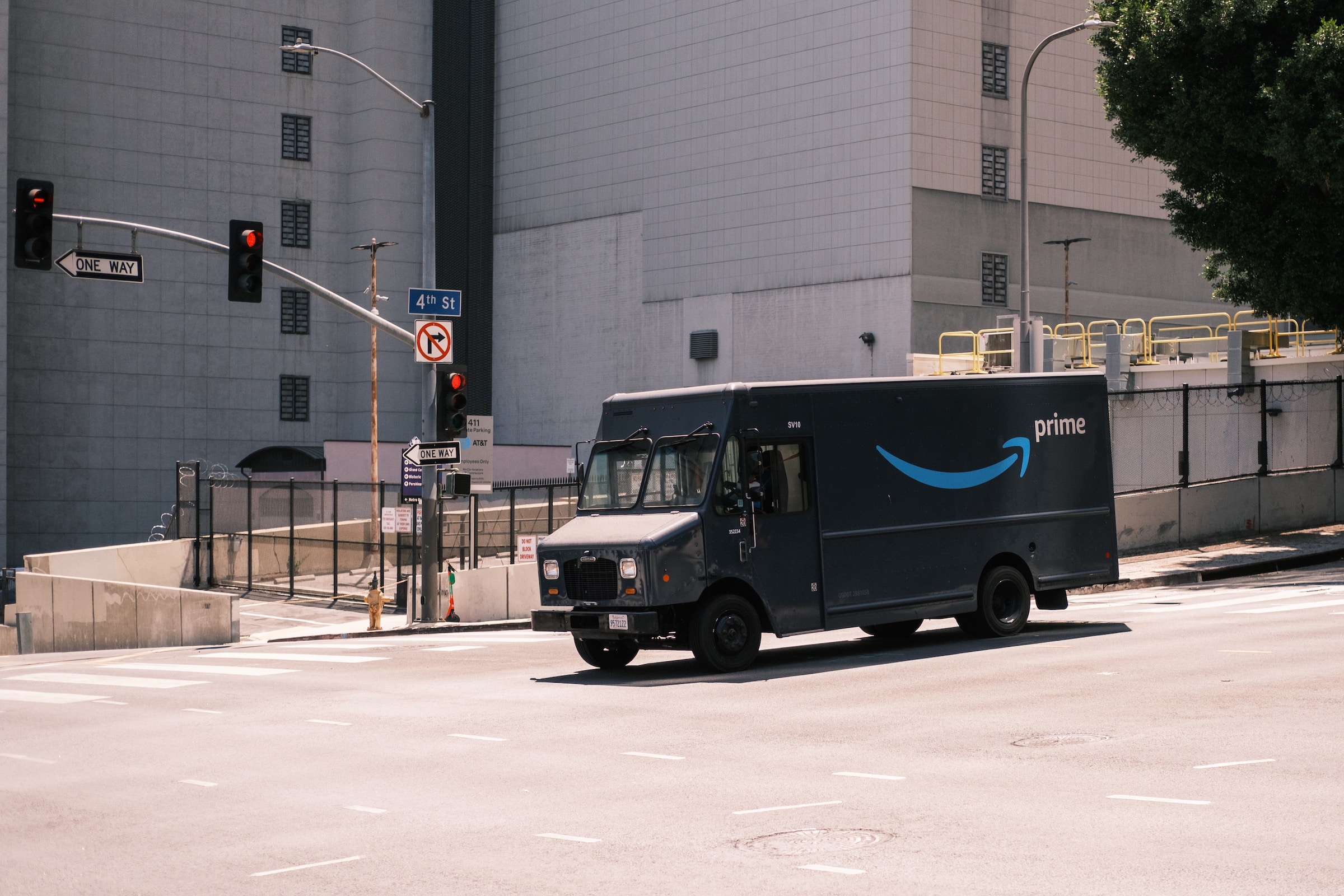
4. Challenges of managing logistics and haulage in ecommerce
Managing logistics and haulage in eCommerce can be challenging due to the complex and dynamic nature of the industry. Here are some common challenges that businesses face and advice on how to overcome them:
- Delivery Time Expectations: With the rise of e-commerce, customers now expect fast and reliable delivery services. Meeting these delivery expectations can be challenging, especially for smaller businesses with limited resources. To overcome this challenge, businesses can invest in technology to optimize their delivery network, work with reliable logistics partners, and offer various delivery options to customers.
- High Delivery Costs: Shipping and logistics costs can be a significant expense for eCommerce businesses, especially for those with a high volume of orders. To overcome this challenge, businesses can negotiate favorable shipping rates with logistics partners, optimize their delivery routes, and invest in technology such as warehouse automation and order management systems to improve efficiency and reduce costs.
- Returns and Reverse Logistics: The process of handling returns and reverse logistics can be complicated and costly, requiring businesses to have efficient and reliable systems in place. To overcome this challenge, businesses can develop a comprehensive returns policy, invest in technology to track and manage returns, and work with logistics partners to optimize the reverse logistics process.
- Limited Visibility and Tracking: With multiple stages involved in the logistics and haulage process, businesses can struggle to maintain visibility and tracking of their products. To overcome this challenge, businesses can invest in technology such as GPS tracking and order management systems to enhance visibility and tracking, work with logistics partners that provide real-time tracking information, and ensure clear communication and collaboration with all stakeholders.
- Cross-border Logistics: International shipping and customs clearance can present a significant challenge for eCommerce businesses, with each country having unique regulations and requirements. To overcome this challenge, businesses can work with logistics partners that specialise in international shipping and customs clearance, ensure compliance with all relevant regulations, and invest in technology to manage the customs clearance process efficiently.
Managing logistics and haulage in eCommerce can be challenging, but businesses can overcome these challenges by investing in technology, working with reliable logistics partners, optimising their delivery network, developing efficient returns policies, enhancing visibility and tracking, and ensuring compliance with all relevant regulations. By addressing these challenges, businesses can improve customer satisfaction, reduce costs, and enhance overall business performance.
Conclusion
In conclusion, efficient logistics and haulage are crucial for the success of eCommerce businesses. In today’s fast-paced and competitive market, customers expect fast and reliable delivery services. Businesses that can deliver on these expectations through efficient logistics and haulage operations can gain a significant competitive advantage.
To achieve success in eCommerce, businesses must implement key strategies to improve their logistics and haulage operations. This includes investing in technology, optimising the delivery network, and working with reliable logistics partners. By doing so, businesses can improve delivery speed, reduce costs, and increase customer satisfaction.
Additionally, businesses must overcome common challenges that come with managing logistics and haulage, such as delivery time expectations, high delivery costs, returns and reverse logistics, limited visibility and tracking, and cross-border logistics.
By addressing these challenges and implementing key strategies, eCommerce businesses can achieve success and differentiate themselves in a highly competitive market. They can improve customer satisfaction, increase sales and revenue, and enhance overall business performance.

